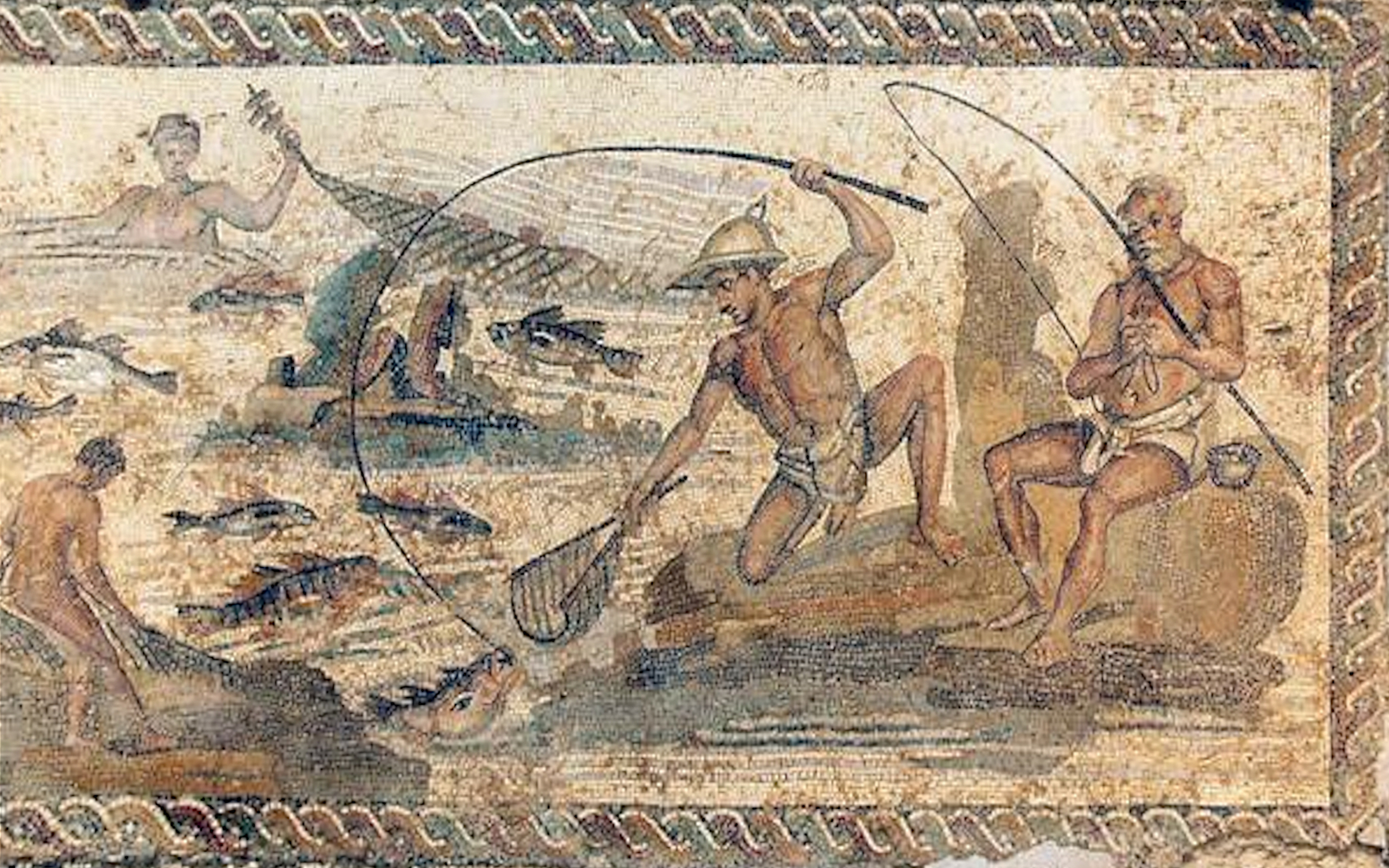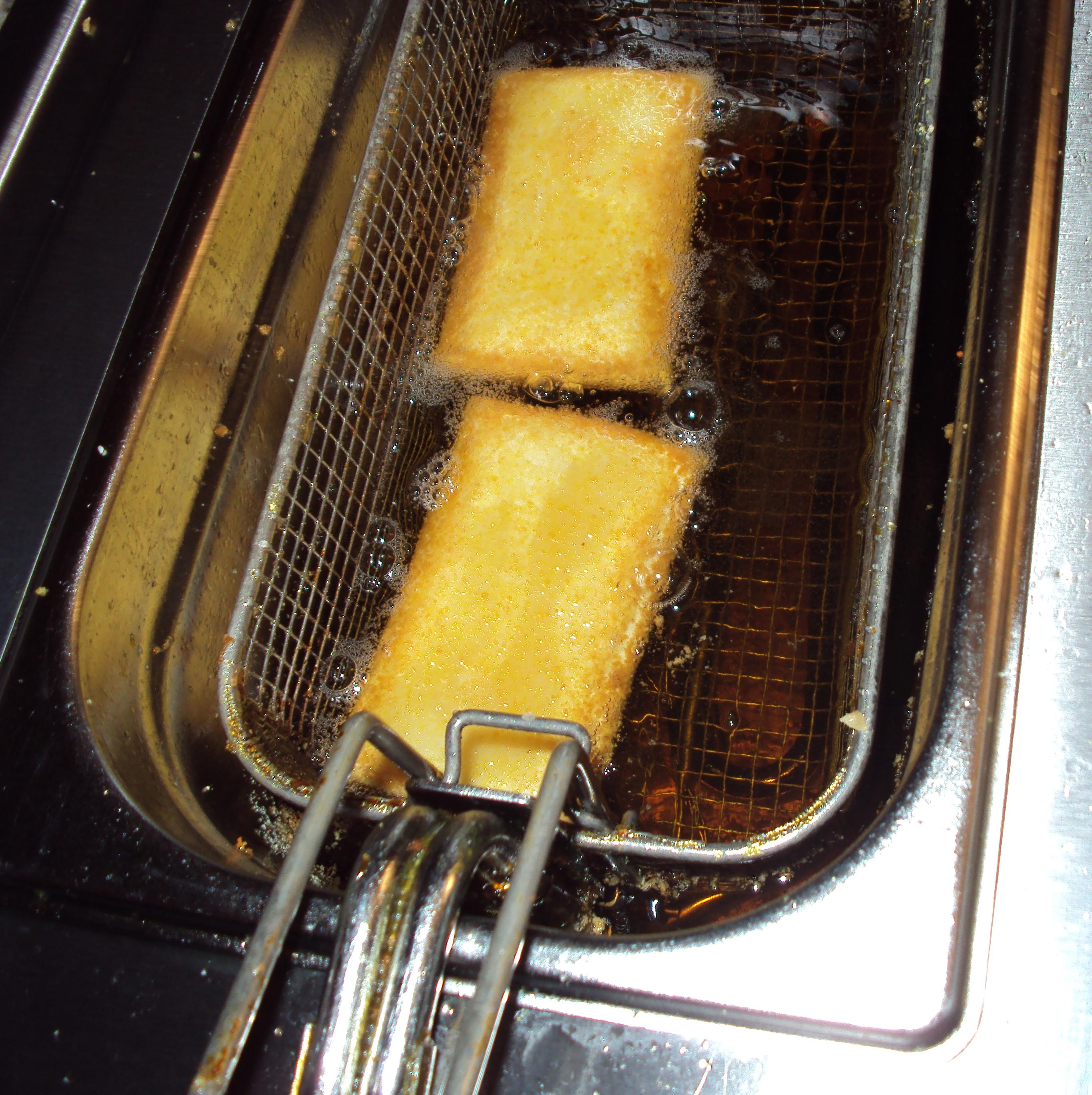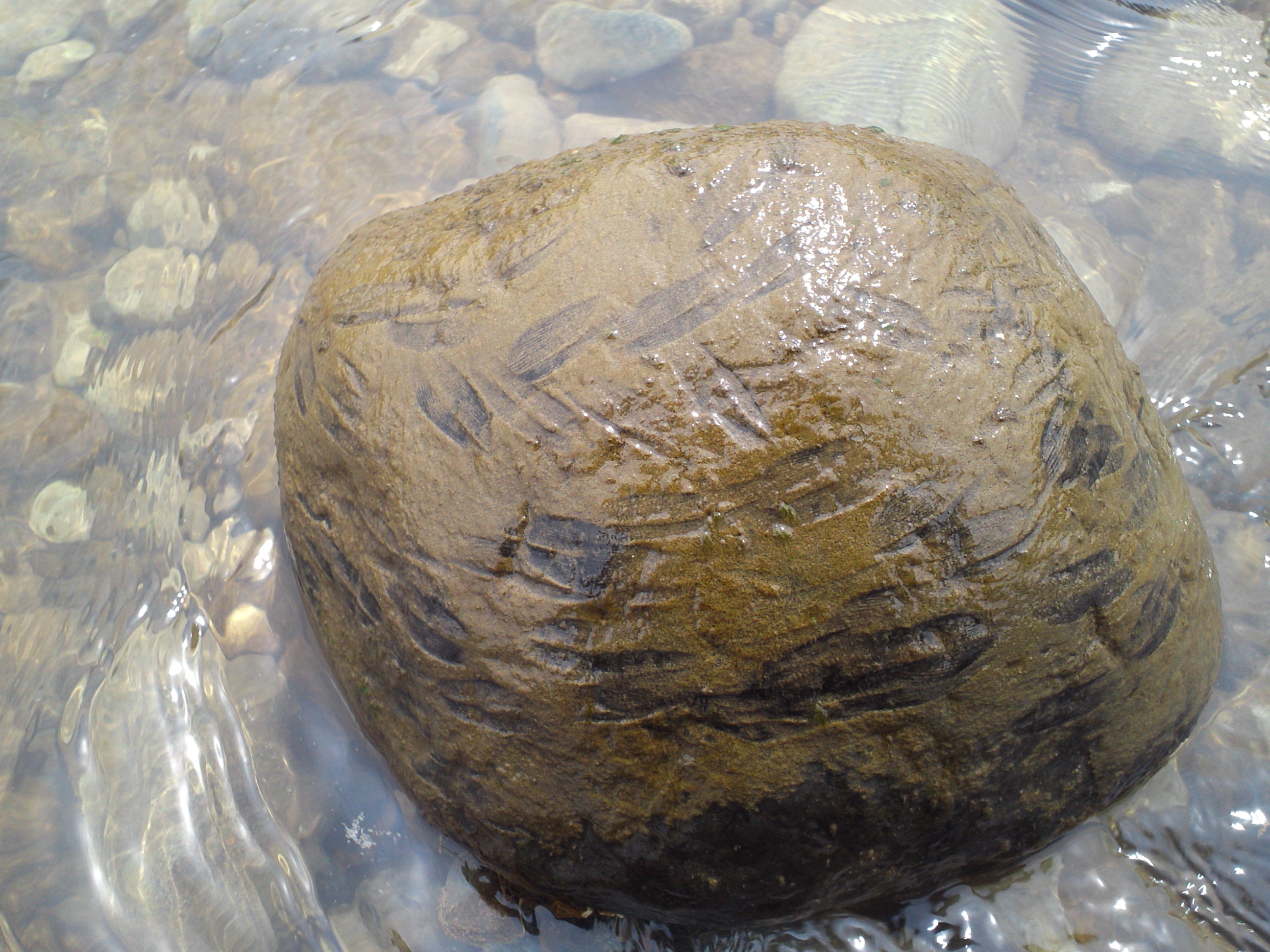|
Oncorhynchus Rhodurus
The Biwa trout (''Oncorhynchus rhodurus'') is an anadromous salmonid fish of the genus ''Oncorhynchus'', endemic to Lake Biwa in Shiga Prefecture, Japan, but also introduced to Lake Ashi and Lake Chūzenji. While called trout, the fish is most closely related to the masu salmon (''Oncorhynchus masou'') of the western Pacific, and is most often considered a subspecies of it, ''Oncorhynchus masou rhodurus''. In: W. Eschmeyer: Online Database. California Academy of Sciences. Downloaded 16 Feb 2015 Biwa trout is found only in the waters of northern Lake Biwa, and feeds on |
David Starr Jordan
David Starr Jordan (January 19, 1851 – September 19, 1931) was the founding president of Stanford University, serving from 1891 to 1913. He was an ichthyologist during his research career. Prior to serving as president of Stanford University, he had served as president of Indiana University from 1884 to 1891. Starr was also a strong supporter of eugenics, and his published views expressed a fear of "race-degeneration" and asserted that cattle and human beings are "governed by the same laws of selection". He was an antimilitarist since he believed that war killed off the best members of the gene pool, and he initially opposed American involvement in World War I. Early life and career Jordan was born in Gainesville, New York, and grew up on a farm in upstate New York. His parents made the unorthodox decision to educate him at a local girls' high school. His middle name, Starr, does not appear in early census records, and was apparently self-selected; he had begun using ... [...More Info...] [...Related Items...] OR: [Wikipedia] [Google] [Baidu] |
Plankton
Plankton are the diverse collection of organisms found in Hydrosphere, water (or atmosphere, air) that are unable to propel themselves against a Ocean current, current (or wind). The individual organisms constituting plankton are called plankters. In the ocean, they provide a crucial source of food to many small and large aquatic organisms, such as bivalves, fish and whales. Marine plankton include bacteria, archaea, algae, protozoa and drifting or floating animals that inhabit the saltwater of oceans and the brackish waters of estuaries. Freshwater plankton are similar to marine plankton, but are found in the freshwaters of lakes and rivers. Plankton are usually thought of as inhabiting water, but there are also airborne versions, the aeroplankton, that live part of their lives drifting in the atmosphere. These include plant spores, pollen and wind-scattered seeds, as well as microorganisms swept into the air from terrestrial dust storms and oceanic plankton swept into the air ... [...More Info...] [...Related Items...] OR: [Wikipedia] [Google] [Baidu] |
Endemic Fauna Of Japan
Endemism is the state of a species being found in a single defined geographic location, such as an island, state, nation, country or other defined zone; organisms that are indigenous to a place are not endemic to it if they are also found elsewhere. For example, the Cape sugarbird is found exclusively in southwestern South Africa and is therefore said to be ''endemic'' to that particular part of the world. An endemic species can be also be referred to as an ''endemism'' or in scientific literature as an ''endemite''. For example '' Cytisus aeolicus'' is an endemite of the Italian flora. '' Adzharia renschi'' was once believed to be an endemite of the Caucasus, but it was later discovered to be a non-indigenous species from South America belonging to a different genus. The extreme opposite of an endemic species is one with a cosmopolitan distribution, having a global or widespread range. A rare alternative term for a species that is endemic is "precinctive", which applies to s ... [...More Info...] [...Related Items...] OR: [Wikipedia] [Google] [Baidu] |
Angling
Angling is a fishing technique that uses a fish hook or "angle" (from Old English ''angol'') attached to a fishing line to tether individual fish in the mouth. The fishing line is usually manipulated via a fishing rod, although rodless techniques such as handlining and longlining also exist. Modern angling rods are usually fitted with a reel that functions as a cranking device for storing, retrieving and releasing out the line, although Tenkara fishing and cane pole fishing are two rod-angling methods that do not use any reel. The hook itself can be additionally weighted with a dense tackle called a sinker, and is typically dressed with an appetizing bait to attract the fish and enticing it into swallowing the hook, but sometimes an inedible fake bait with multiple attached hooks (known as a lure) is used instead of a single hook with edible bait. A bite indicator, such as a float or a quiver tip, is often used to relay underwater status of the hook to the surface. When ... [...More Info...] [...Related Items...] OR: [Wikipedia] [Google] [Baidu] |
Simmering
Simmering is a food preparation technique by which foods are cooked in hot liquids kept just below the boiling point of water (lower than ) and above poaching temperature (higher than ). To create a steady simmer, a liquid is brought to a boil, then its heat source is reduced to a lower, constant temperature. In food preparation Simmering ensures gentler treatment than boiling to prevent food from toughening and/or breaking up. Simmering is usually a rapid and efficient method of cooking. Food that has simmered in milk or cream instead of water is sometimes referred to as creamed. The appropriate simmering temperature is a topic of debate among chefs, with some contending that a simmer is as low as . Japanese cuisine In Japanese cuisine, simmering is often considered one of the four essential cooking techniques, along with grilling, steaming, and deep frying. American cuisine Food prepared in a crockpot is simmered. Examples include stews, chili, soups, etc. Bulgari ... [...More Info...] [...Related Items...] OR: [Wikipedia] [Google] [Baidu] |
Deep-frying
Deep frying (also referred to as deep fat frying) is a cooking method in which food is submerged in hot fat, traditionally lard but today most commonly oil, as opposed to the shallow oil used in conventional frying done in a frying pan. Normally, a deep fryer or chip pan is used for this; industrially, a pressure fryer or vacuum fryer may be used. Deep frying may also be performed using oil that is heated in a pot. Deep frying is classified as a hot-fat cooking method. Typically, deep frying foods cook quickly: all sides of the food are cooked simultaneously as oil has a high rate of heat conduction. The term "deep frying" and many modern deep-fried foods were not invented until the 19th century, but the practice has been around for millennia. Early records and cookbooks suggest that the practice began in certain European countries before other countries adopted the practice. Deep frying is popular worldwide, with deep-fried foods accounting for a large portion of global ca ... [...More Info...] [...Related Items...] OR: [Wikipedia] [Google] [Baidu] |
Smoking (cooking)
Smoking is the process of flavoring, browning, cooking, or preserving food by exposing it to smoke from burning or smoldering material, most often wood. Meat, fish, and ''lapsang souchong'' tea are often smoked. In Europe, alder is the traditional smoking wood, but oak is more often used now, and beech to a lesser extent. In North America, hickory, mesquite, oak, pecan, alder, maple, and fruit-tree woods, such as apple, cherry, and plum, are commonly used for smoking. Other biomass besides wood can also be employed, sometimes with the addition of flavoring ingredients. Chinese tea-smoking uses a mixture of uncooked rice, sugar, and tea, heated at the base of a wok. Some North American ham and bacon makers smoke their products over burning corncobs. Peat is burned to dry and smoke the barley malt used to make Scotch whisky and some beers. In New Zealand, sawdust from the native manuka (tea tree) is commonly used for hot smoking fish. In Iceland, dried sheep dung is used ... [...More Info...] [...Related Items...] OR: [Wikipedia] [Google] [Baidu] |
Grilling
Grilling is a form of cooking that involves dry heat applied to the surface of food, commonly from above, below or from the side. Grilling usually involves a significant amount of direct, radiant heat, and tends to be used for cooking meat and vegetables quickly. Food to be grilled is cooked on a grill (an open wire grid such as a gridiron with a heat source above or below), using a cast iron/frying pan, or a grill pan (similar to a frying pan, but with raised ridges to mimic the wires of an open grill). Heat transfer to the food when using a grill is primarily through thermal radiation. Heat transfer when using a grill pan or griddle is by direct conduction. In the United States, when the heat source for grilling comes from above, grilling is called broiling. In this case, the pan that holds the food is called a broiler pan, and heat transfer is through thermal radiation. Direct heat grilling can expose food to temperatures often in excess of . Grilled meat acquires a dis ... [...More Info...] [...Related Items...] OR: [Wikipedia] [Google] [Baidu] |
Sashimi
is a Japanese delicacy consisting of fresh raw fish or meat sliced into thin pieces and often eaten with soy sauce. Origin The word ''sashimi'' means "pierced body", i.e. "刺身" = ''sashimi'', where 刺 し = ''sashi'' (pierced, stuck) and 身 = ''mi'' (body, meat). This word dates from the Muromachi period and was possibly coined when the word " 切る" = ''kiru'' (cut), the culinary step, was considered too inauspicious to be used by anyone other than samurai. This word may derive from the culinary practice of sticking the fish's tail and fin to the slices for the purpose of identifying the fish being eaten. Another possibility for the name is the traditional method of harvesting. "''Sashimi''-grade" fish is caught by individual handline. As soon as the fish is landed, its brain is pierced with a sharp spike, and it is placed in slurried ice. This spiking is called the ikejime process, and the instantaneous death means that the fish's flesh contains a minimal amount o ... [...More Info...] [...Related Items...] OR: [Wikipedia] [Google] [Baidu] |
Caviar
Caviar (also known as caviare; from fa, خاویار, khâvyâr, egg-bearing) is a food consisting of salt-cured roe of the family Acipenseridae. Caviar is considered a delicacy and is eaten as a garnish or a spread. Traditionally, the term caviar refers only to roe from wild sturgeon in the Caspian Sea and Black Sea (Beluga, Ossetra and Sevruga caviars). The term caviar can also describe the roe of other species of sturgeon or other fish such as paddlefish, salmon, steelhead, trout, lumpfish, whitefish, or carp. The roe can be "fresh" (non-pasteurized) or pasteurized, with pasteurization reducing its culinary and economic value. Terminology According to the United Nations' Food and Agriculture Organization, roe from any fish not belonging to the Acipenseriformes order (including Acipenseridae, or sturgeon ''sensu stricto'', and Polyodontidae or paddlefish) are not caviar, but "substitutes of caviar." This position is also adopted by the Convention on International ... [...More Info...] [...Related Items...] OR: [Wikipedia] [Google] [Baidu] |
Food Fish
Food is any substance consumed by an organism for nutritional support. Food is usually of plant, animal, or fungal origin, and contains essential nutrients, such as carbohydrates, fats, proteins, vitamins, or minerals. The substance is ingested by an organism and assimilated by the organism's cells to provide energy, maintain life, or stimulate growth. Different species of animals have different feeding behaviours that satisfy the needs of their unique metabolisms, often evolved to fill a specific ecological niche within specific geographical contexts. Omnivorous humans are highly adaptable and have adapted to obtain food in many different ecosystems. The majority of the food energy required is supplied by the industrial food industry, which produces food with intensive agriculture and distributes it through complex food processing and food distribution systems. This system of conventional agriculture relies heavily on fossil fuels, which means that the food and agricultural ... [...More Info...] [...Related Items...] OR: [Wikipedia] [Google] [Baidu] |
Ayu Sweetfish
The ayu sweetfish (''Plecoglossus altivelis''), or sweetfish, is a species of fish. It is the only species in the genus ''Plecoglossus'' and family Plecoglossidae. It is a relative of the smelts and other fish in the order Osmeriformes. Native to East Asia, it is distributed in the northwestern Pacific Ocean along the coast of Hokkaidō in Japan southward to the Korean Peninsula, China, Hong Kong and northern Vietnam. It is amphidromous, moving between coastal marine waters and freshwater lakes and rivers. A few landlocked populations also exist in lakes in Japan such as Biwa. Original wild populations in Taiwan became extinct in 1968 due to pollution and present extent populations were reintroduced from Japan in the 1990s. The name "sweetfish" was inspired by the sweetness of its flesh. In reference to its typical one-year lifespan, it is also written as ("year-fish"). [...More Info...] [...Related Items...] OR: [Wikipedia] [Google] [Baidu] |


.jpg)





.jpg)


